Traveling to Ilocos doesn’t require breaking the bank. We set out on a vacation trip to Ilocos last Holy Week and while it took about 13-14 hours from Manila (considering the traffic during this peak season), it’s worth the drive!
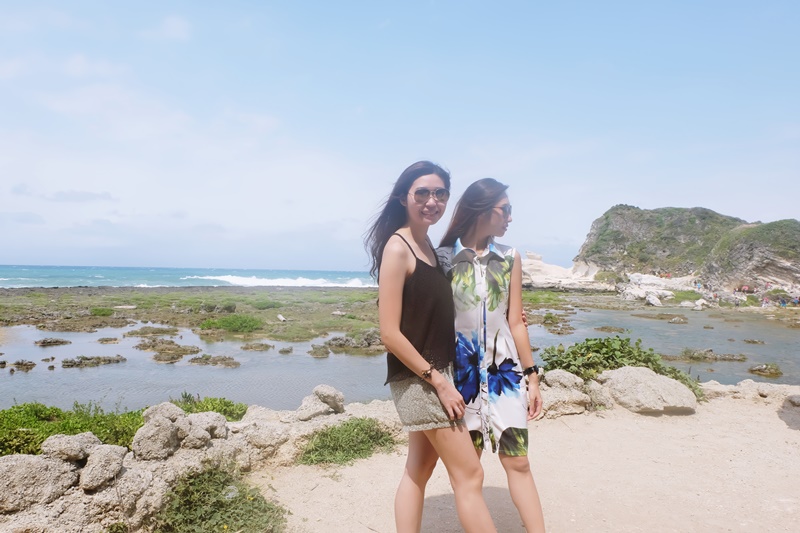
We shelled out PhP 3,700 per person for the 3D2N adventure. The cost includes hotel accommodations, roundtrip transfers, van rental, driver, and all land trips in Pagudpud, Laoag, and Vigan. In this post, I’m sharing Part I of our journey: the top 6 places we visited in the northernmost tip of the Luzon island, the coastal town of Pagudpud.
Top 6 Places We Visited in Pagudpud, Ilocos Norte (Holy Week)
1. Saud Beach Pagudpud
Saud Beach Pagudpud is where you can explore and appreciate the serene beauty of nature while away from the hubub of the city. A typical weekend stay includes overnight accommodations in any of the resorts that are nearby.
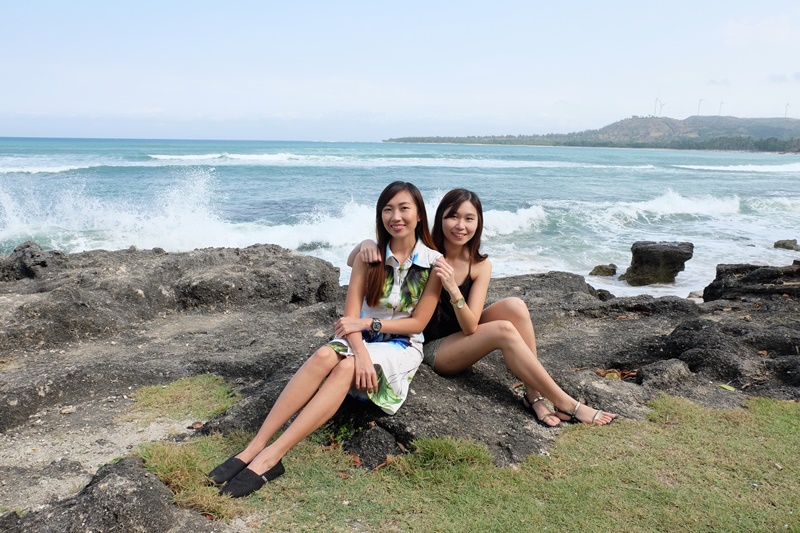
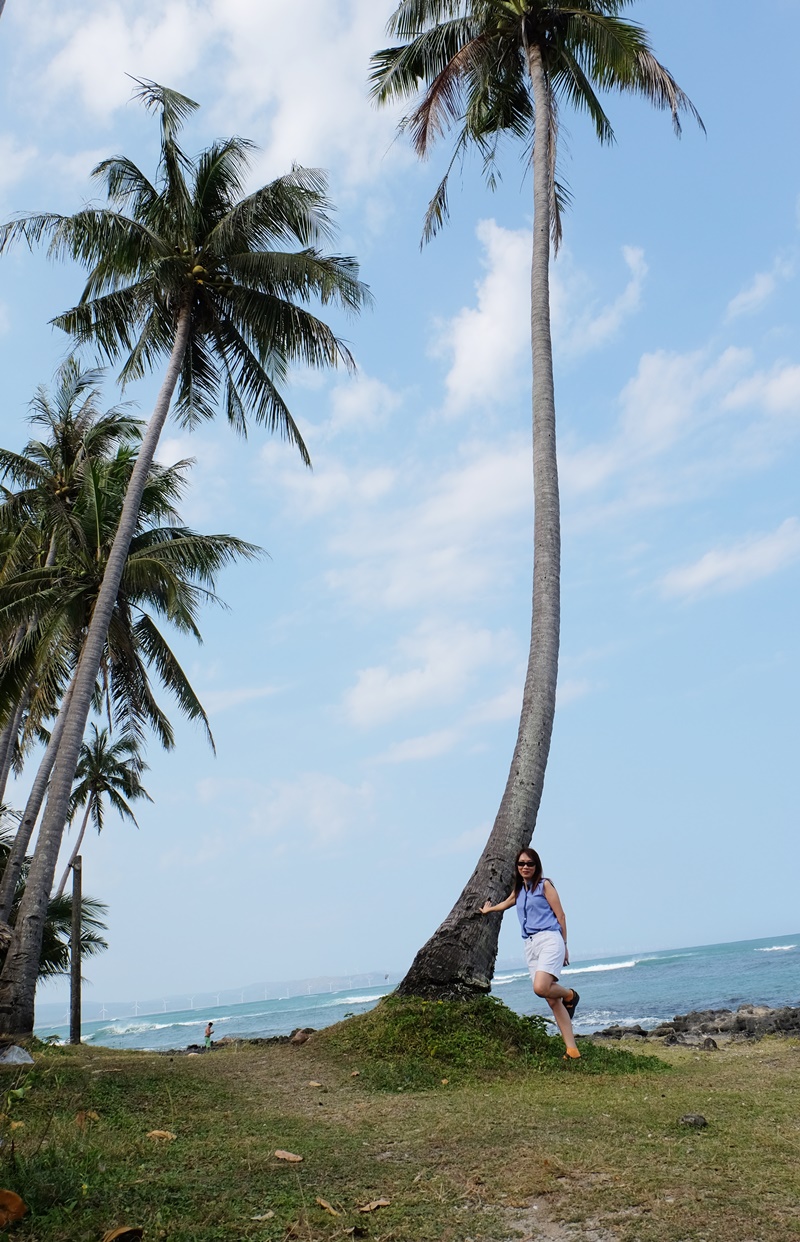
We checked in at Jun and Carol Beach Resort and stayed for a night. The rooms were simple but adequate, and the beds were pretty comfortable. Unfortunately though, the water heater of our bathroom was broken and we had to shower in cold water. Eep!


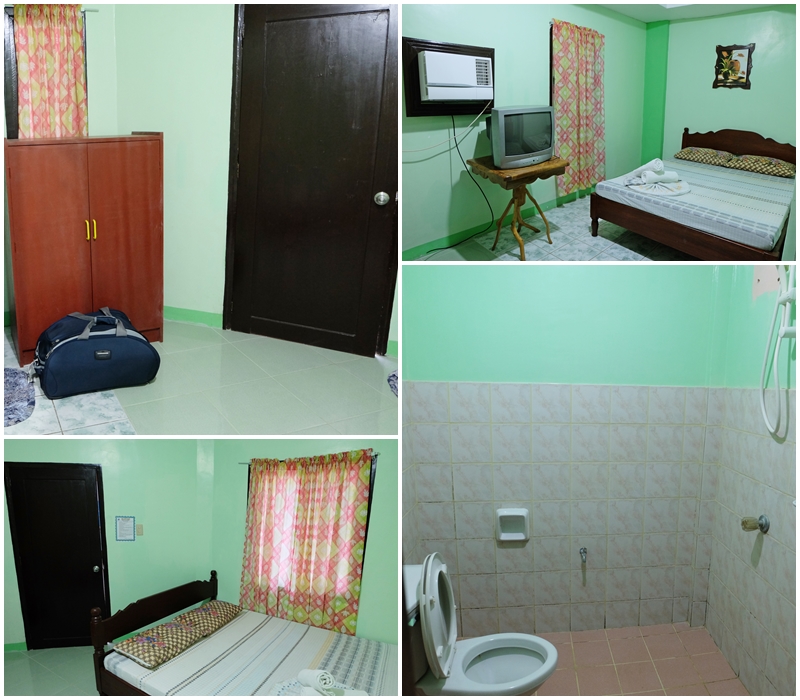

Anyway, the main attraction here is the beach. Saud Beach looked clean and peaceful (no vendors desperately asking people to buy souvenirs or subscribe to water activities), very much unlike Boracay. It’s dark and quiet at night, and there’s also no exciting amenities to try. Hence, at sundown, almost no one was found surfing or swimming in the waters.
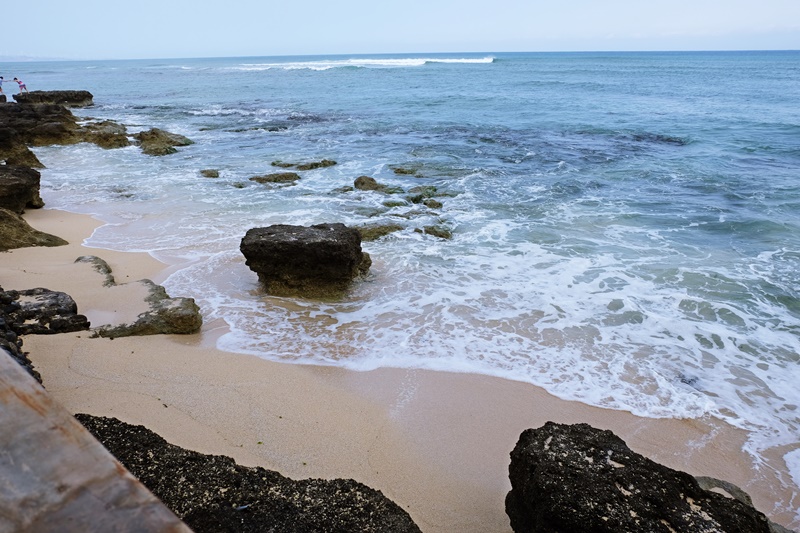

Vacationers mostly enjoy their time sunbathing, walking barefoot on the sands, and hanging out in restaurants that offer a cool beachfront experience. On-site dining options are plenty, so you don’t have to worry about where to eat and what to eat for breakfast, lunch, and dinner.
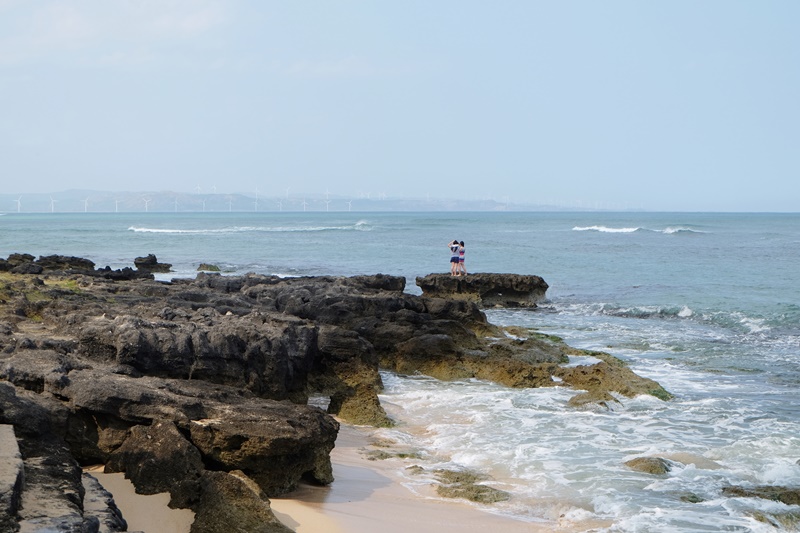
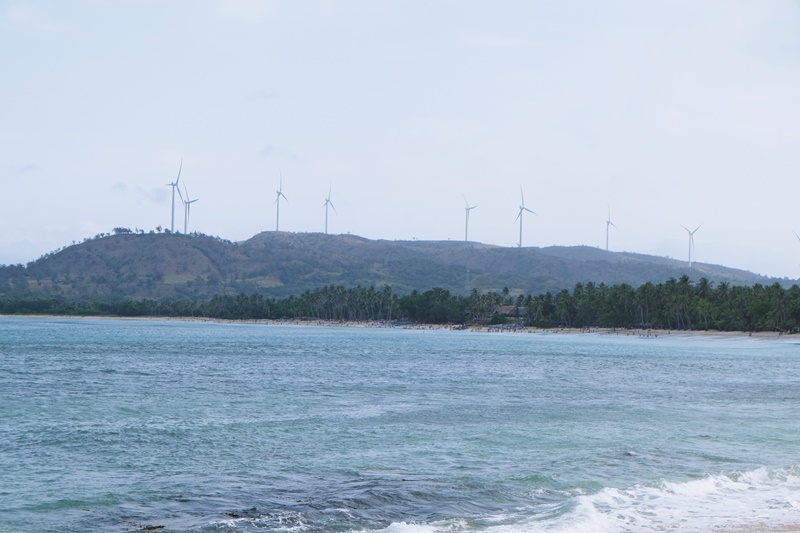
2. Patapat Viaduct
We had a short stopover at the Patapat Viaduct just for picture-taking. The Patapat Viaduct is a concrete coastal bridge that is elevated 31 meters over sea level. It’s a long winding road leading to Cagayan, with the side of the mountain overlooking the West Philippine Sea as its backdrop. The view of the blue sky meeting up on the horizon with the sparking blue-green water is truly mesmerizing. 🙂
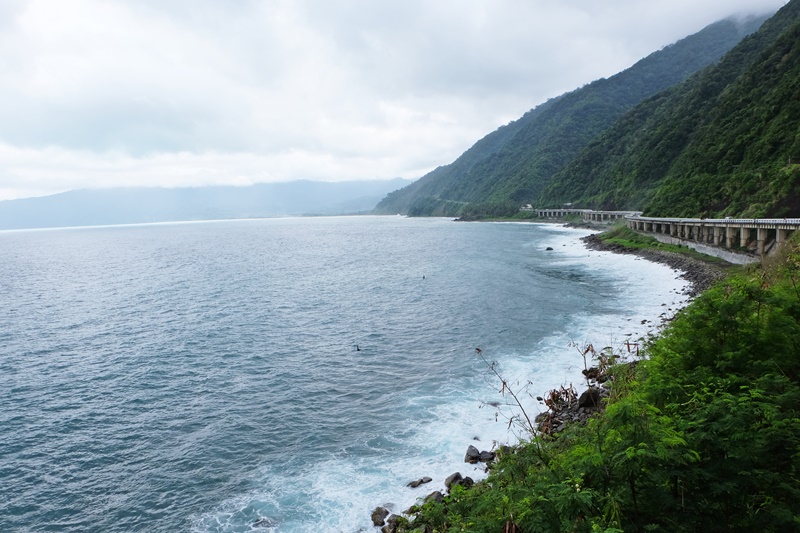

3. Bantay Abot Cave
Bantay Abot Cave is just about as eye-catching as it is intriguing. From afar, it looks like a giant rock with a large hole at the center. Apparently, this interesting geological formation is not really a cave but a rocky hill that resulted from an earthquake that happened many years ago. Located along the shore of the little town of Baloi in Ilocos Norte, Bantay Abot Cave literally means “a mountain with a hole.”



It’s recommended to wear sturdy shoes that won’t slip since you will be climbing down the steep and slippery rocks. Once you get through the hole, take as many pictures as you can and maximize the effect Bantay Abot can give to your shots by staging your perfect silhouette poses.


4. Bangui Windmills
The Bangui Windmills were created during Marcos’ administration as an alternative source of energy in Ilocos. The project sells electricity to the Ilocos Norte Electric Cooperative (INEC) and provides 40% of the power requirements of Ilocos Norte via Transco Laoag.
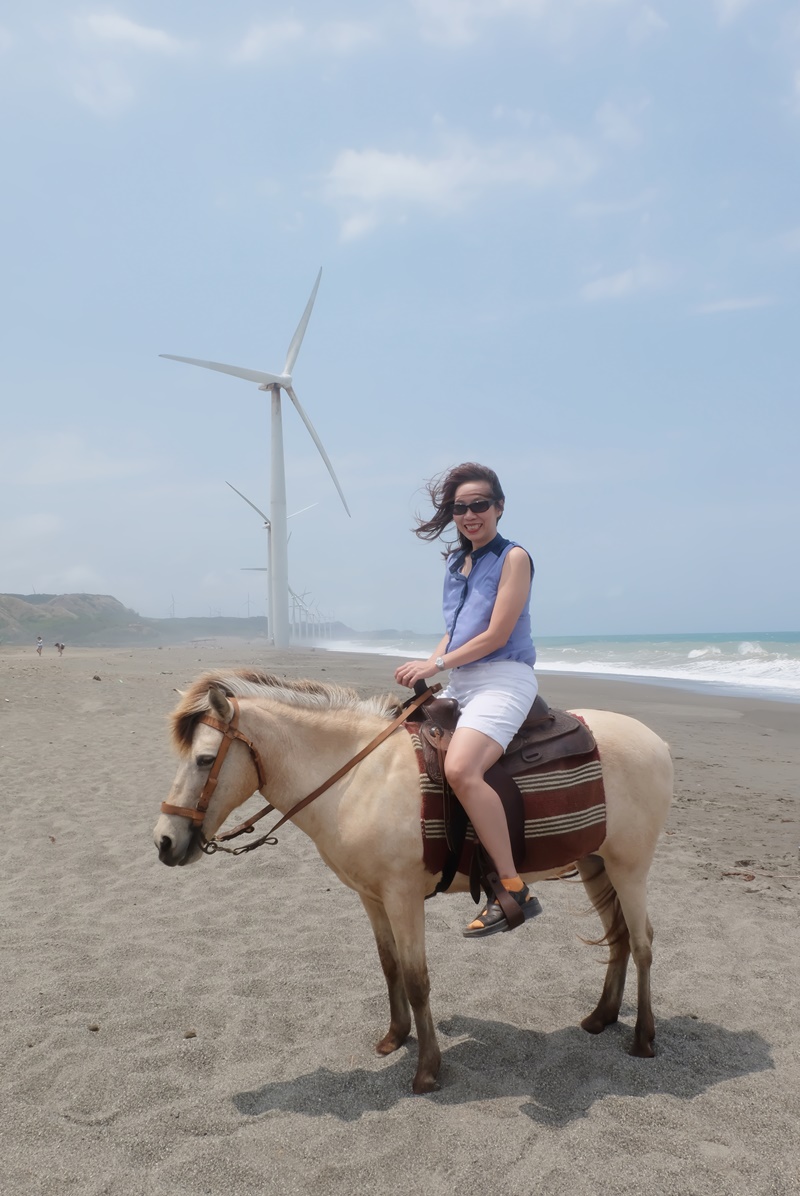
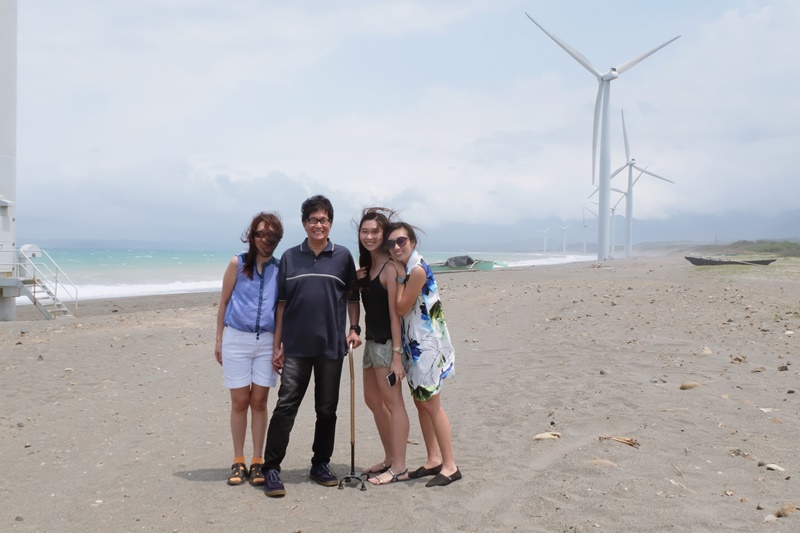
Seeing the windmills upclose was a surreal experience. Arranged on a single row stretching along a nine-kilometer shoreline off Bangui Bay, the windmills are a lot taller than we expected based on the photos on magazines and videos on TV. Winds were blowing hard against our faces and messing up our hair, powerful enough to turn the mills round and round. If you plan to witness these majestic structures, I suggest you wear sunglasses and a hat. 🙂

5. Kapurpurawan Rock Formation
Kapurpurawan translates to “white” in Ilocano. The white rock formations look amazing, and for a moment there I thought they were man-made. 🙂 For a nature lover, trekking down towards the rock formation will be a breezy, refreshing, and definitely a memorable feat. Visitors may also opt to ride a horse and just walk on the way back.
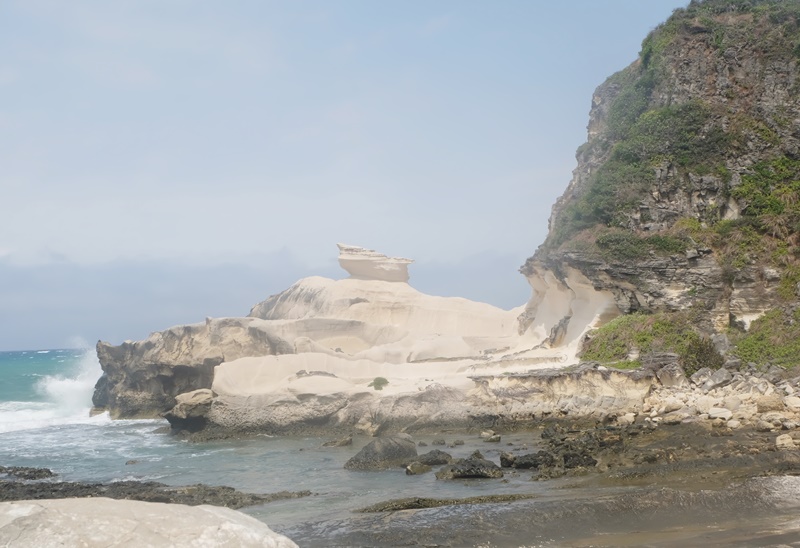


6. Cape Bojeador Lighthouse
The last attraction we visited in Pagudpud was the Cape Bojeador Lighthouse, also known as the “Burgos Lighthouse.” It is one of the important historical landmarks in Ilocos. This cultural heritage structure was established during the Spanish Colonial period in the Philippines. It was first lit on March 30, 1892, and after over 100 years, it still functions as a welcoming beacon to the international ships that enter the Philippine Archipelago from the north and guide them safely away from the rocky coast of the town.

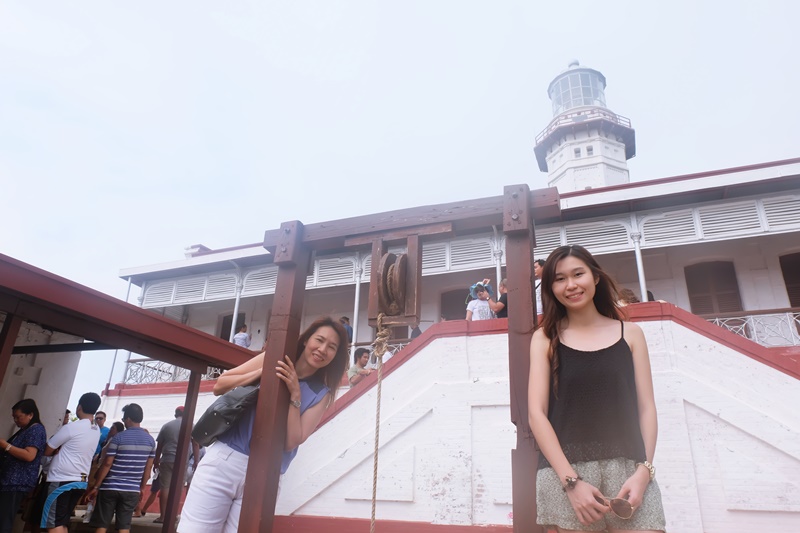
To date, the Cape Bojeador Lighthouse is well-maintained and operational. Fans of ABS CBN’s “Walang Hanggan” (TV series) might recognize the lighthouse as the backdrop used in the romantic scenes of Coco Martin and Julia Montes.
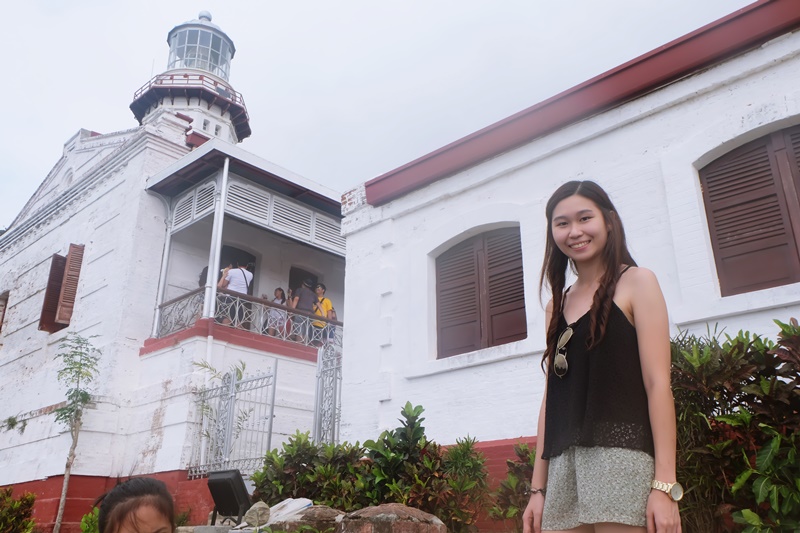
Walking up the road to the lighthouse’s summit was easy and pleasant if not for the scorching heat of the sun. For those who can’t stand the heat, riding a tricycle to the lighthouse is also an option. We spent some minutes having a 360-degree view of the West Philippine Sea from above.
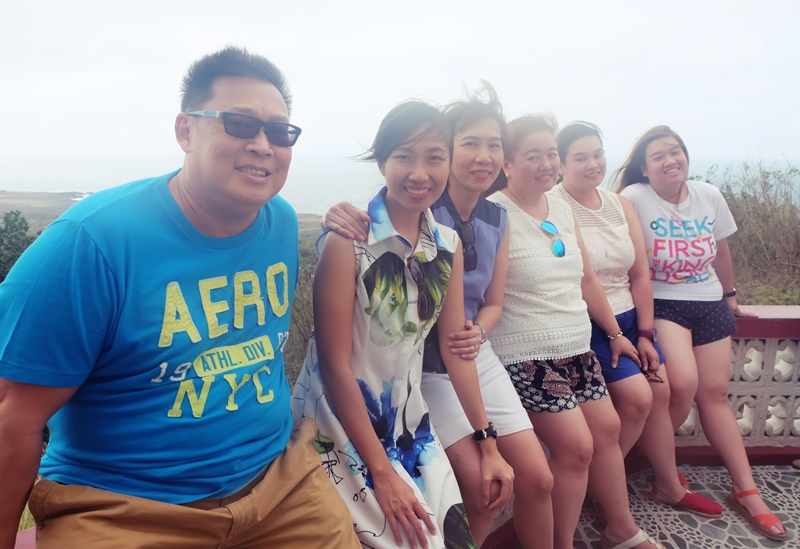
Wrap Up
In our limited time in Pagudpud in Ilocos Norte, we discovered that Pagudpud’s landscape is remarkably varied. It’s is a treasure trove of majestic nature (think coconut trees, white sand beaches, cold breeze at certain times of the day, and greens) that’s worth boasting about.
There are more things to do in Pagudpud and tourists surely can find loads of ways to fill a free day with fun. Hannah’s Zipline, the Blue Lagoon, Paraiso Ni Anton, and Malingay Cove are just some of the other places where you can win some Instagram points. 🙂

Leave a Reply to Heather lawrence Cancel reply